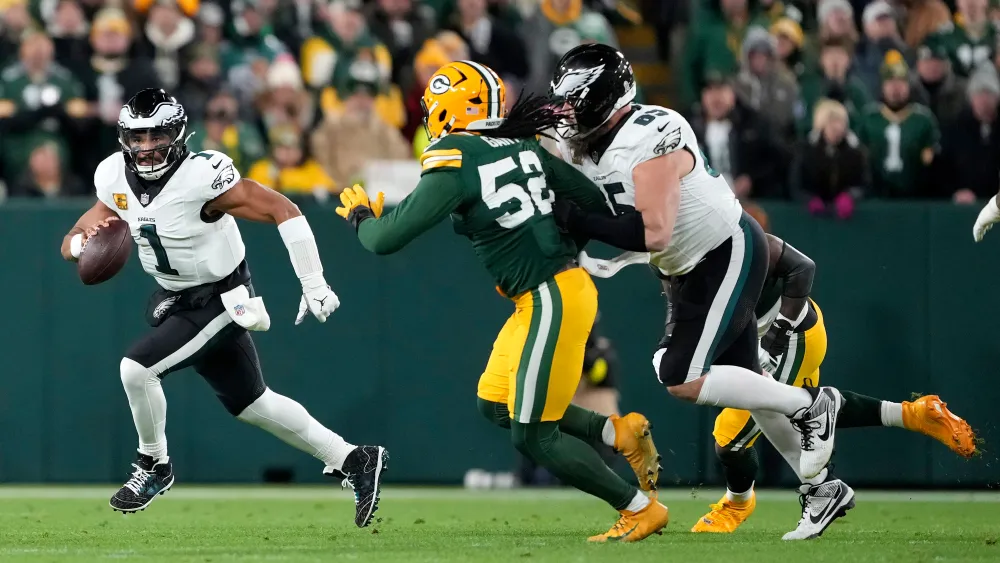Disney and YouTube TV Conflict: A Financial Impact Analysis
Ongoing Blackout and Financial Losses
Disney is currently facing significant financial pressure due to the ongoing blackout of its networks—including ESPN and ABC—on Google’s YouTube TV. Analysts estimate that the company’s losses are approaching $30 million per week, translating to almost $4.3 million per day. According to a recent research note from Morgan Stanley analysts Benjamin Swinburne and Thomas Yeh, the blackout has created a "revenue headwind" of approximately $60 million, as they project a noticeable impact on Disney’s earnings by the end of fiscal year 2025.
Duration of the Blackout
As of November 11, the blackout has lasted 12 days. Analysts expect this dispute to be resolved soon, but they predict that each week without access to Disney’s networks will lower the company’s adjusted earnings per share by about 2 cents.
Upcoming Earnings Report
Disney is set to announce its earnings for the September 2025 quarter on November 13, just before the market opens. Analysts are forecasting a revenue of approximately $22.78 billion, with earnings per share estimated at $1.02, according to financial data provider LSEG.
Impact on YouTube TV Customers
YouTube TV subscribers have already missed two consecutive weeks of "Monday Night Football," alongside college football and various primetime shows, creating challenges for the platform. ABC’s popular programs, including "World News Tonight" and "Good Morning America," among others, have also been affected.
Subscriber Reactions
Interestingly, the blackout has resulted in a notable churn rate, with 24% of surveyed YouTube TV subscribers indicating they have canceled or plan to cancel their service as a result of the disappearing Disney content. A YouTube representative acknowledged the churn but insisted it has remained manageable.
Mitigating Losses
To address customer concerns, YouTube TV has started notifying subscribers about how to claim a one-time $20 credit as compensation for the ongoing Disney carriage dispute. This effort aims to mitigate cancellations and keep subscribers from leaving the platform.
Negotiation Dynamics
The standoff began shortly before midnight ET on October 30, when negotiations between Disney and Google faltered regarding a new contract. The disagreement centers on pricing, with Google claiming that Disney is asking for an unprecedented fee hike, while Disney argues that Google is refusing to pay fair rates for its channels.
New Offerings: ESPN Unlimited
This conflict follows the August launch of ESPN Unlimited, a standalone streaming package set to deliver all content from the sports giant. Morgan Stanley’s analysts noted that the launch has exceeded modest expectations, predicting around 3 million subscribers by September 2026, each contributing $18-$20 in monthly revenue. They estimate that ESPN could generate roughly $500 million in subscription revenue by fiscal year 2026 from this new offering.
Conclusion and Future Outlook
As Disney’s negotiation with Google continues, the financial implications for both companies remain profound. With a pending deal that would grant the NFL a 10% stake in ESPN—valued at approximately $2.5 billion—the stakes are high. As this situation evolves, it will be critical to monitor how subscriber behavior responds and what financial adjustments Disney may need to make in the future.
Personal Commentary
This ongoing dispute highlights the complexities of media partnerships in a rapidly changing digital landscape. Both Disney and YouTube TV find themselves at a crossroads, with significant revenue implications at stake. As consumers increasingly demand flexible viewing options, the pressure is on both companies to resolve their differences swiftly to benefit their subscribers—and their bottom lines.

